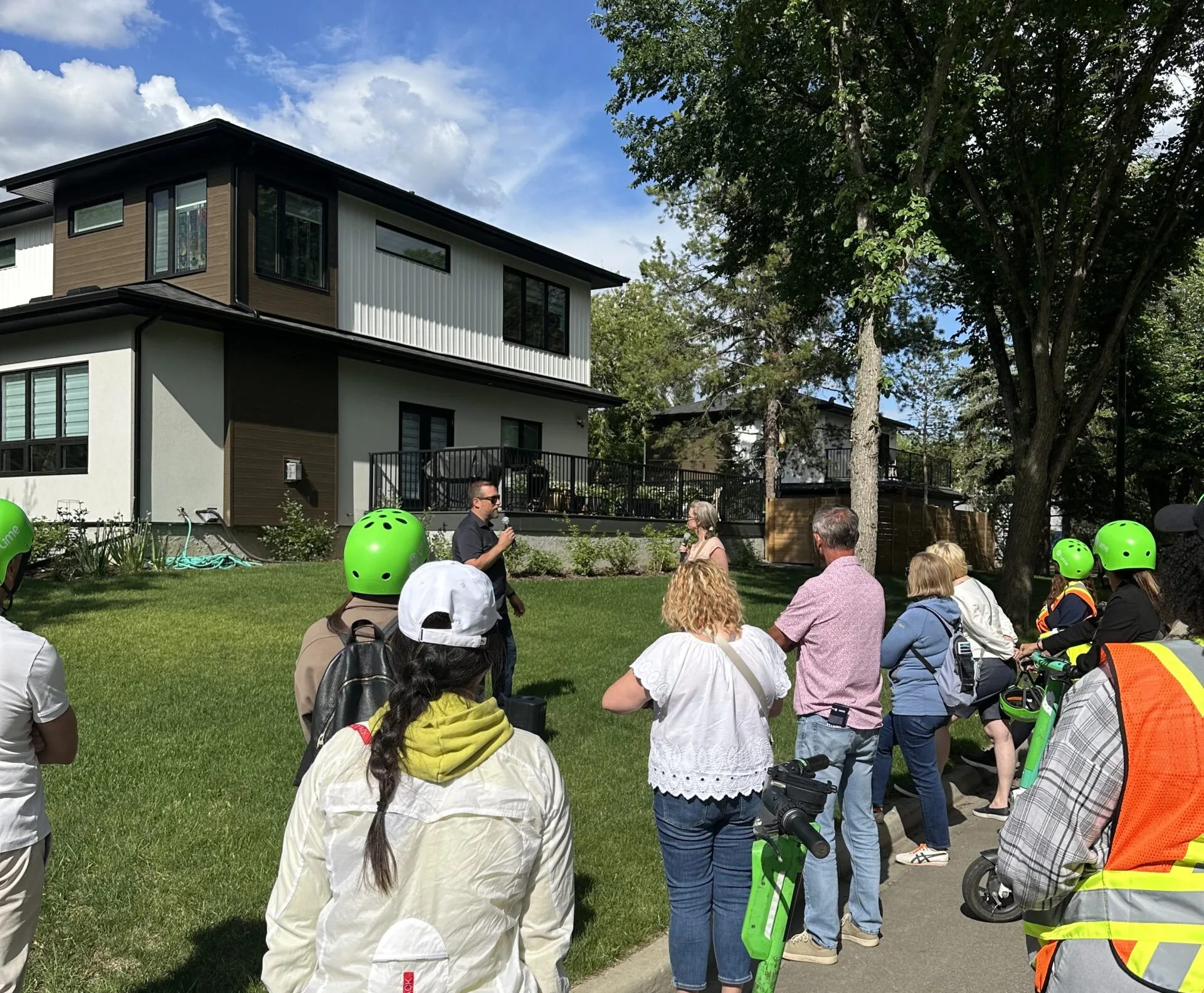On July 10, BILD Edmonton Metro hosted their second Field Trip of the 2025 series: Think Big, Start Small, on gentle infill.
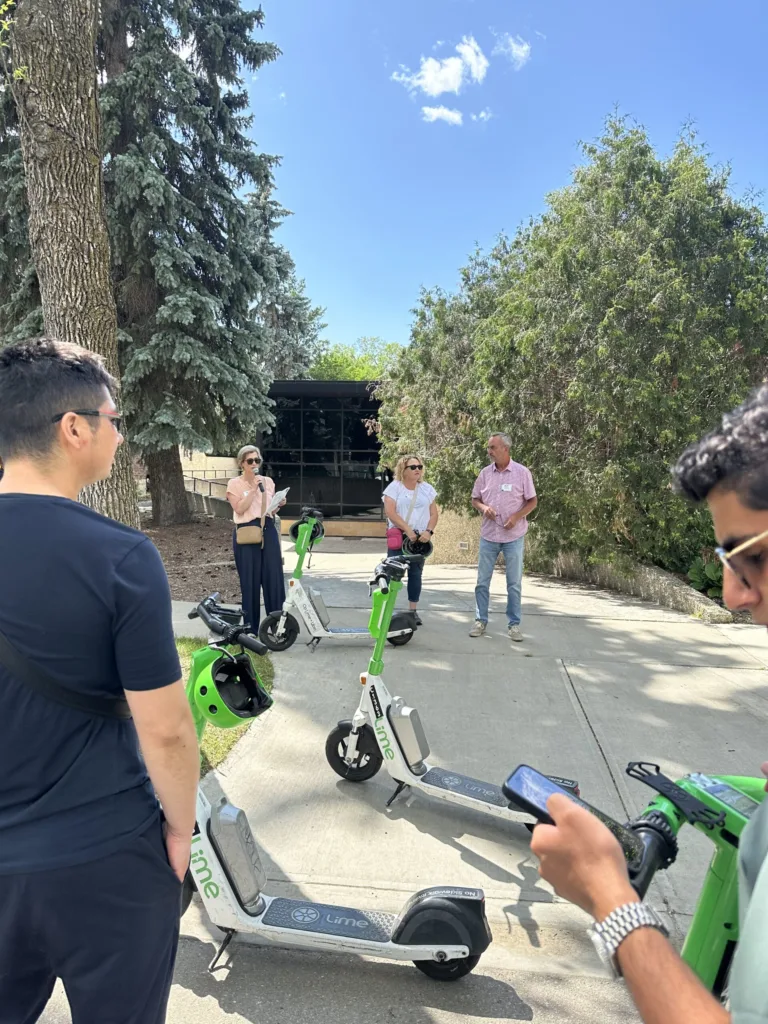
“Field trips are all about hands-on exposure and education,” said BILD Edmonton Metro’s VP of Government Relations, Lindsey Butterfield. “And, this Field Trip is particularly timely because of current debates in Edmonton about infill.”
The program was moderated by Claire St. Aubin, Senior Planner with the City of Edmonton, and featured panelists Michael Plamondon, Partner with Ackard Contracting Ltd., and Trevor Hoover and Michelle Hoover, Senior Designer & Owner, and Partner at Habitat Studio.
With everyone on Lime’s electric scooters, guests were able to experience the city from a new perspective, noticing the intricacies of infill, key architectural features, and community aspects that might have overwise been missed from the view of a car window.
Why Infill? Why Now?
Infill isn’t a new concept; it’s a natural evolution of how Edmonton has grown to meet the needs of its people. Whether it’s changing demographics and meeting population influxes, new household compositions, or different housing preferences, “80,000 people have left the core,” said St. Aubin. “We have to ask ourselves: Why are they moving out of the core? Is it about affordability? Aging-in-place? Or maybe even personal reasons like raising children or taking care of elderly parents.”
Throughout the city’s history, housing has continually adapted to reflect changing demographics, population influxes, lifestyles, and economic realities. Today, infill is able to continue that legacy by retrofitting unique homes while adding gentle density to pre-established neighbourhoods, allowing all types of residents to find a home that works for them.
“Infill can come in all shapes and sizes,” said Michelle Hoover, “Every project is really different.” Whether new builds or retrofits of existing homes, the processes may be different, but the goals of small density infill projects are all the same: to create more housing that allows people with all backgrounds to live closely to the amenities they value.
“It creates a range of distinctive spaces, experiences, and housing products for a variety of people,” said Trevor Hoover. “And a great part about these projects is the ability to be creative. I like the diversity that these homes bring to each mature neighbourhood.” The tour looked at a range of housing products with different scales and sizes, appealing to all types of residents.
“Aging-in-place is a major concern for Edmontonians,” said St. Aubin. “We have started to see more gentle forms of infill housing popping up, including garage suites and secondary suites, and this tour just proves how housing can support seniors with staying in the communities they grew up in.” Infill is a way for people to live closely to the amenities they value, whether community gardens, schools, parks, or transit.
Infill is also a great way to live sustainably, cost-effectively, and smartly, through net-zero homes, bolstering mortgages through secondary suite rentals, or things like proper grading and drainage to protecting mature trees and invest in sustainable systems.
One infill project featured a net-zero building, without any natural gas. Residents of this low-income housing are able to rely on electric systems with just 0.5 air exchanges (ACH) per hour.
“Nobody has a heating bill here, which is amazing,” St. Aubin shared. “This is a premier example of sustainable housing, and an incredible example of breathing new life into a community where amenities already exist.”
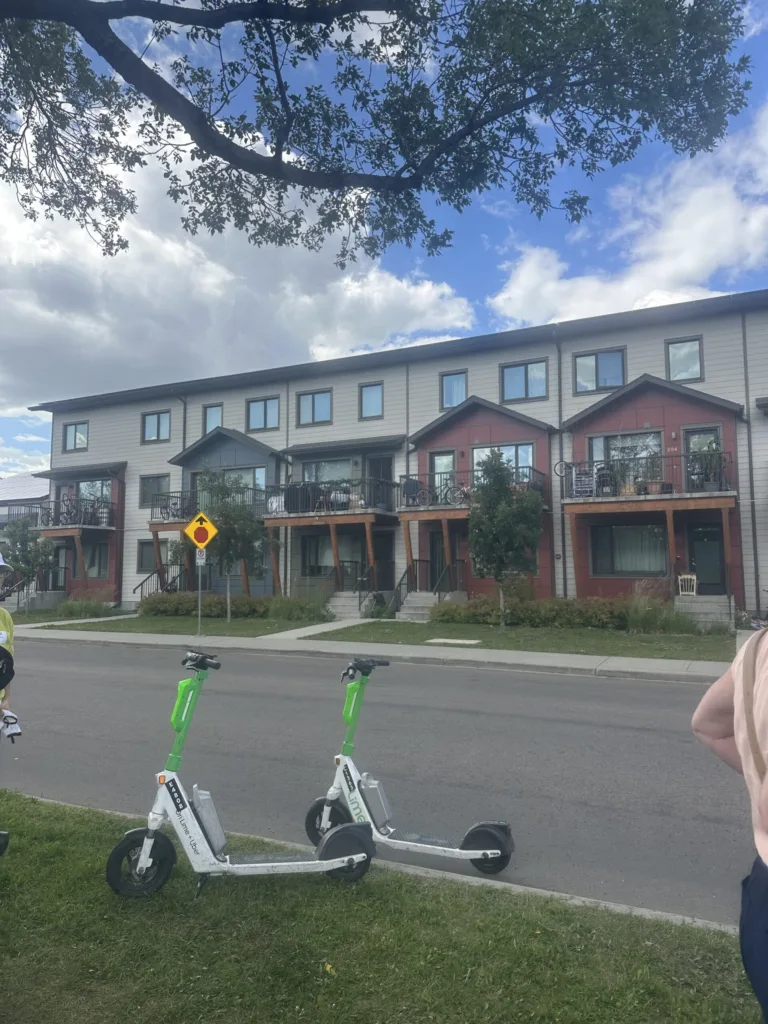
With Projects Come Permits
Like most projects within the industry, the infill examples seen on the tour didn’t come easy. Permitting plays a huge role. In June 2025 alone, the City of Edmonton issued 3,600 renovation and alteration permits, representing $153 million in construction value. “This is a really strong indicator of economic activity and investment in these existing neighbourhoods,” said St. Aubin. In the 2024 report, it was found that Alberta experienced an increase in application submissions when compared to other provinces. “Alberta saw a 17.7% increase in development permits between 2022 to 2023, with applications rising from 487 to 573,” and “saw an increase in rezoning applications from 380 in 2022 to 485 in 2023.”
Now, the building and development industry is responding to that evolution, offering more diverse housing options that reflect not only the need for expeditated permits, but also how people live, grow, and connect.
More Units, More Options
While infill has been top of mind for many, it has been an incremental process of housing delivery over time. As Plamondon noted, the City of Edmonton is a leader in housing policy and delivery. They have contributed updated policies and flexible zoning regulations that enable this transformation, from allowing more units on a single lot to supporting sustainability.
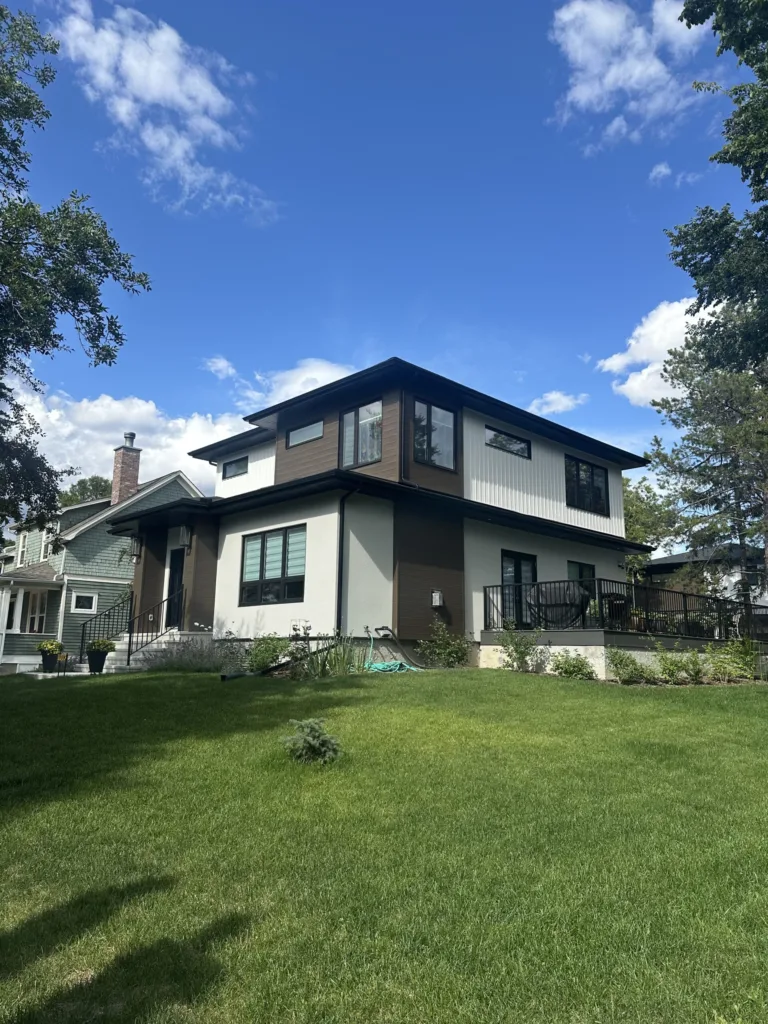
Homeowners can now build more units on a single lot, enabling options like multi-generational housing or rental suites. One of the tour sites showcased just this.
The lot featured three units where one family all resides: a main house, a garage suite, and a secondary house next door. “It’s projects like these that show exactly how housing can meet the different needs of residents; in this case, to support seniors by utilizing a secondary garage suit,” he said.
When done right, even gentle infill can preserve what matters, add what’s missing, and set the stage for a livable, and diverse city. “We all want or need something different,” said Michelle Hoover. “Infill is a great way to meet that diversity of needs.”
Thank you to our Field Trip Presenting Sponsor, B&A, and Event Sponsor, Kanvi Homes.
In the upcoming BILD Edmonton Metro Field Trip, we will be talking about how infill can scale up even further to medium-density forms.
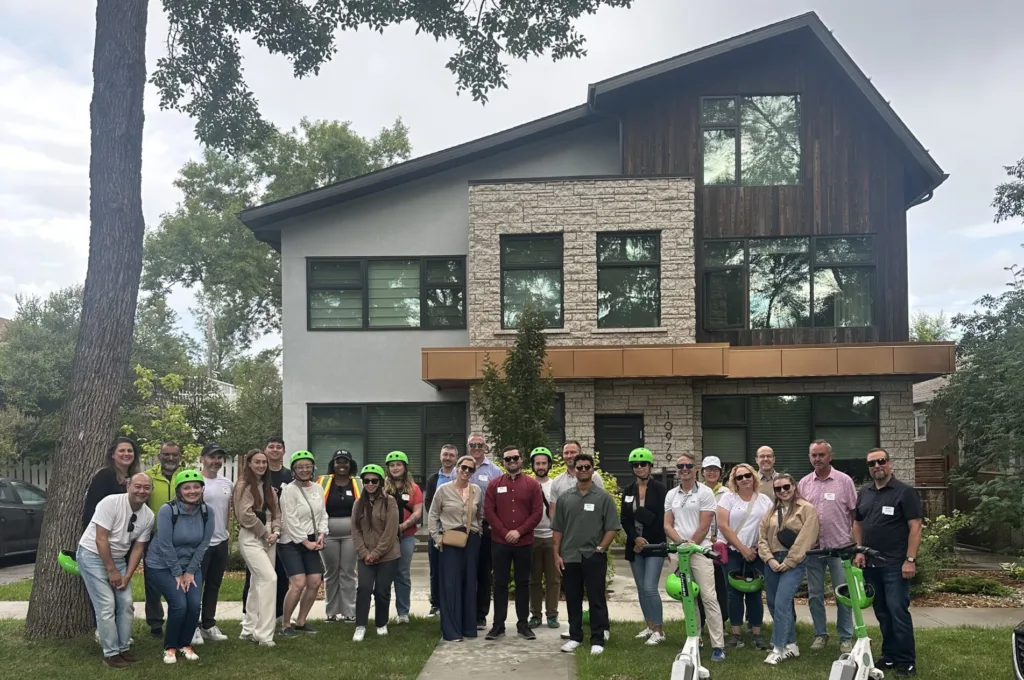
Written by Payton Phillips
